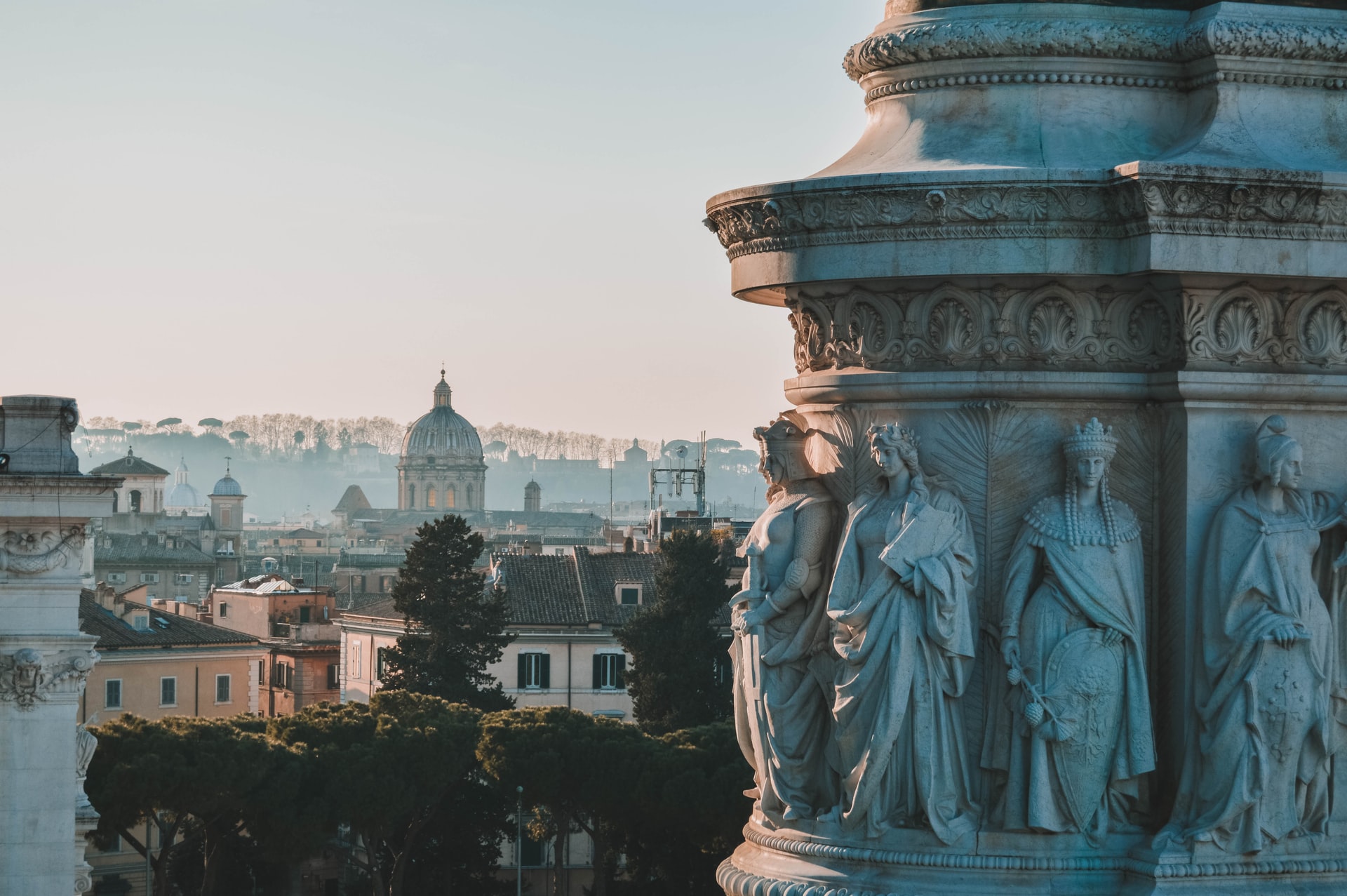Rome is not only home to the famous Colosseum, it is also home to many beautiful churches and historical buildings. You can see the Colosseum in Rome, go to the Vatican City and see where the Pope calls home, then walk through incredible, cobbled streets with centuries of history behind them. Rome’s amazing art galleries and museums are among the best in the world. Whether you’re planning a trip to the Eternal City or traveling outside of Rome, make sure you plan a visit to some of the best museums in the world in Rome.
Rome’s best museums are packed with objects of all kinds, ancient to modern. They’re a treat for art lovers and history buffs, too. The city’s culture is also reflected in its many museums and galleries, which makes it a great place to see contemporary art. Make sure to reserve your tickets in advance, though, because the art here is very popular.
National Etruscan Museum
The world’s largest collection of Etruscan art, and a must-see museum for anyone interested in art, or history can be found here.
Villa Guilia is located in the heart of Rome’s ancient town center, in an area of called Vigna Vecchia. It was built in the 16th century after being commissioned by Pope Julius III (1487-1555), and today houses the Museo Nazionale Etrusco (National Etruscan Museum).
The National Etruscan Museum opened its doors in 1889 as part of the nationalistic movement, to collect together all the pre-Roman antiquities of Latium, southern Etruria, and Umbria belonging to the Etruscan and Faliscan civilizations. It has remained in its present building since the beginning of the 20th century.
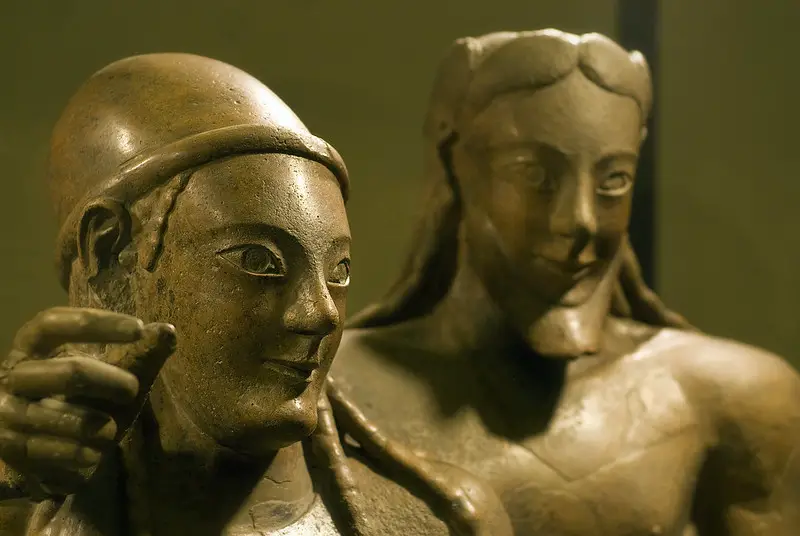
Within the collection are the Bride and Groom, also known as the Sarcofago degli Sposi, the Pyrgi Tablets, and the Tita Vendia Vase, a ceramic wine container estimated to be over two thousand years old.
National Roman Museum
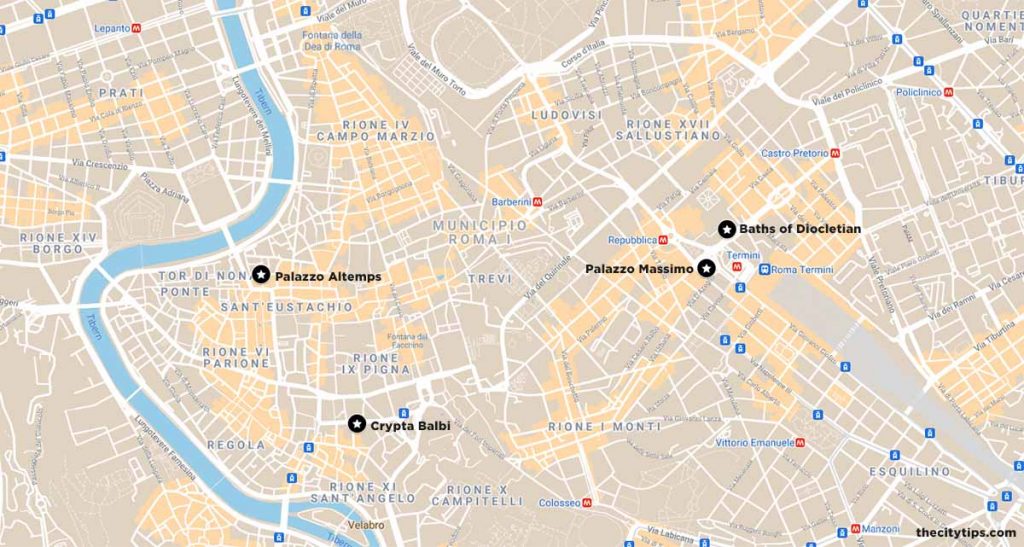
You must visit the National Roman Museum if you want to see as much of Rome’s history, heritage, and culture as possible. Exhibits are located throughout the city at four different sites, and they are some of the best collections you will ever see. At the National Museum, you can explore the wonders of ancient Roman artifacts, including some of the most exquisite Roman jewelry and other artwork.
These four museums are well worth a visit when you’re in the Eternal City.
Palazzo Altemps
Palazzo Altemps is a magnificent aristocratic mansion that was built in the 15th century, already home to a rich collection of classical sculptures, and is now one of the main places of interest of the National Roman Museum, specifically devoted to the history of art collecting.
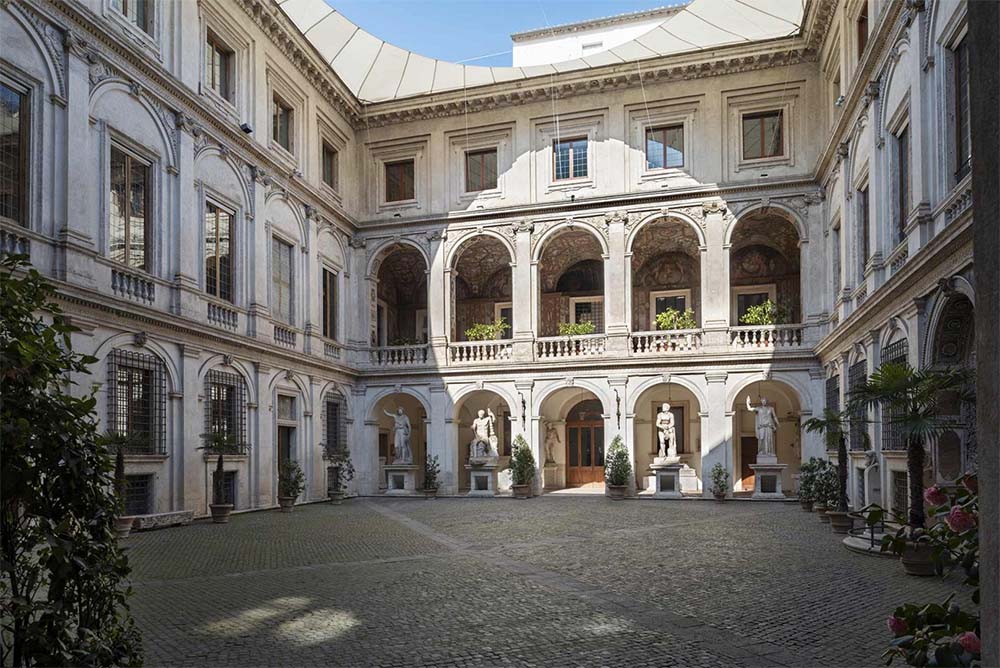
The original core of the palazzo is the most important part of the palazzo. It was built in the 15th century by order of Girolamo Riario, Lord of Imola, the ambitious nephew of Pope Sixtus IV. The building was then bought in 1568 by Cardinal Marco Sittico Altemps, the Austrian nephew of Pope Pius IV.
The Cardinal established his residence in the palace, which he enlarged and embellished with pictorial decorations. It was intended to match the Cardinal’s rank and to reflect his noble tastes. He installed his collection of antiquities and his precious library of rare books.
Website: https://museonazionaleromano.beniculturali.it/en/palazzo-altemps/
Baths of Diocletian
The Baths of Diocletian are a unique monumental complex. The ruins are large and have an excellent state of preservation. The baths were constructed in a short period, in the area between the Viminal and Quirinal hills, between 298 and 306 AD, and extend over an area of 13 hectares.
The great imperial bath could accommodate up to 3000 people at one time and be built according to the usual model used for the great imperial baths. The caldarium, the hot chamber heated using a complex system of air ducts beneath the floors and around the walls, led to the tepidarium, a chamber with an intermediate temperature.
Website: https://museonazionaleromano.beniculturali.it/en/baths-of-diocletian/
Crypta Balbi
Digging deeply into the earth, uncovering the traces of the passage of so many lives, uncovering the traces of the passage of so many lives, exploring and identifying the remains of ancient objects, recovering and identifying the objects, and linking them to other sources, such as archives – all this has made it possible to write a unique and original history of a specific Roman block.
A unique micro-environment in which the soil and the fabric of the structures surrounding it have intermingled to create a continuous narrative of the history of a city block in the heart of Rome.
Website: https://museonazionaleromano.beniculturali.it/en/crypta-balbi/
Palazzo Massimo
A magnificent palace inspired by the 16th century is the Palazzo Massimo, initially built as a Jesuit school. The Palazzo was built between 1883 and 1887 by the Jesuit priest Massimiliano Massimo, based on a design by Camillo Pistrucci. It was acquired by the Italian Government in 1981 and now houses part of the National Roman Museum.
The building was renovated by Costantino Dardi and opened to the public in 1998. Since then, the original installation has been revised and adjusted several times, using a design based on chronological and theme. By referring to the contexts in which the artifacts were found, this suggests that different works are interwoven in a way that looks like they’re in the jumbled collections of the 16th century.
The museum’s four floors are filled with magnificent artwork: sculptures, reliefs, frescos, mosaics, stuccoes, and sarcophagi. They’re works that date back to the beginning of the Roman Empire, and they originated from digs carried out in Rome and the surrounding region between 1870 and the present.
Website: https://museonazionaleromano.beniculturali.it/en/palazzo-massimo/
Vatican Museums
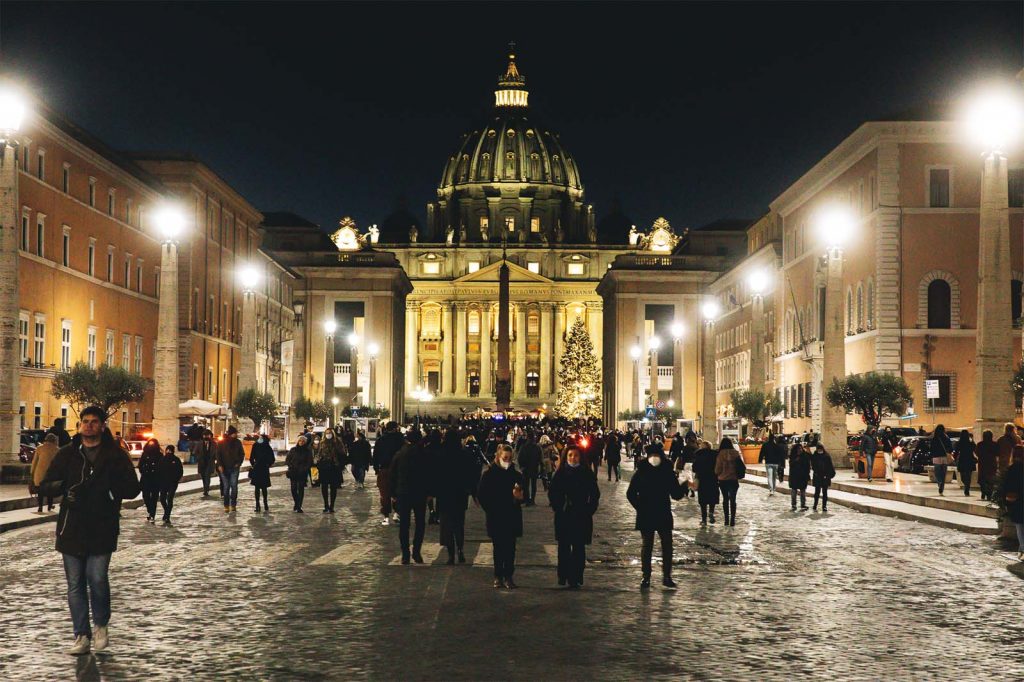
If you want to get a sense of the rich artistic heritage of the Vatican Museums, these are a must-visit. They are housed in former wings of the Vatican Palace and much of the work was collected by Pope Julius II, a pope who left a stunning legacy for a long time to come.
Highlights of a visit to the Vatican include the Pope, the Holy See, and of course, the Sistine Chapel. The Sistine Chapel is where the famous mural, The Creation of Man, is located. The collection of religious art at the Vatican includes several that are on display for just a short time each year and something you don’t want to miss.
The Sistine Chapel is a great place to visit. Everything about the place is designed to ensure you don’t miss a single detail. The galleries and exhibits are all interconnected by moving sidewalks and staircases that make it easy to see everything and ensure no one misses the spiral staircase or the Raphael Rooms.
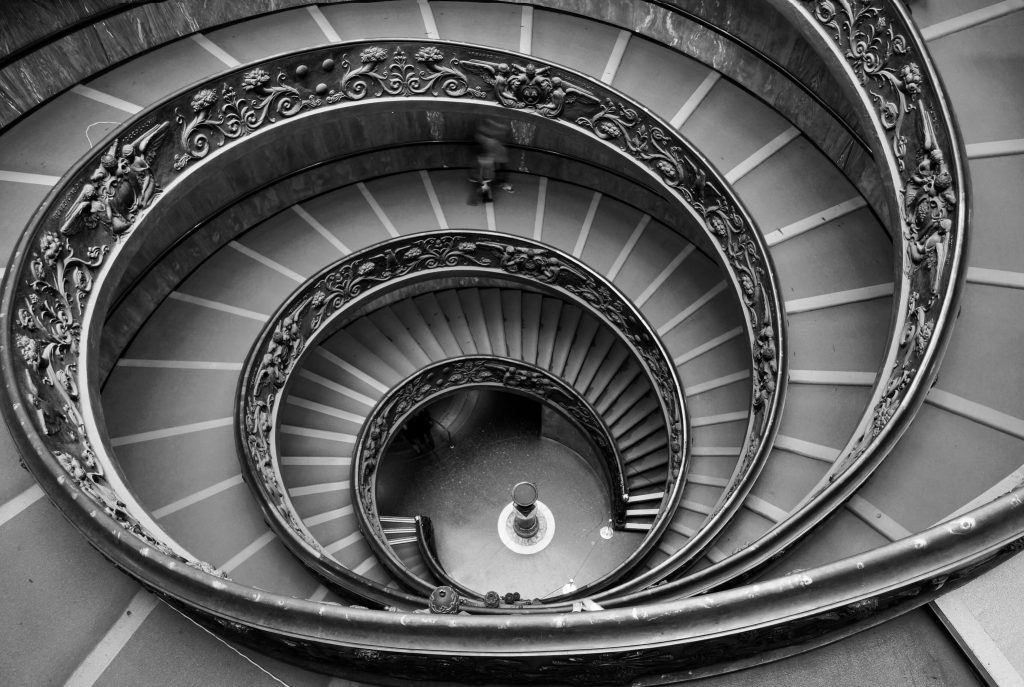
Finally, you can’t leave without walking through St. Peter’s Square and seeing the square itself and the massive church that sits at its center. The church itself, The Papal Basilica of Saint Peter in the Vatican, is massive and magnificent.
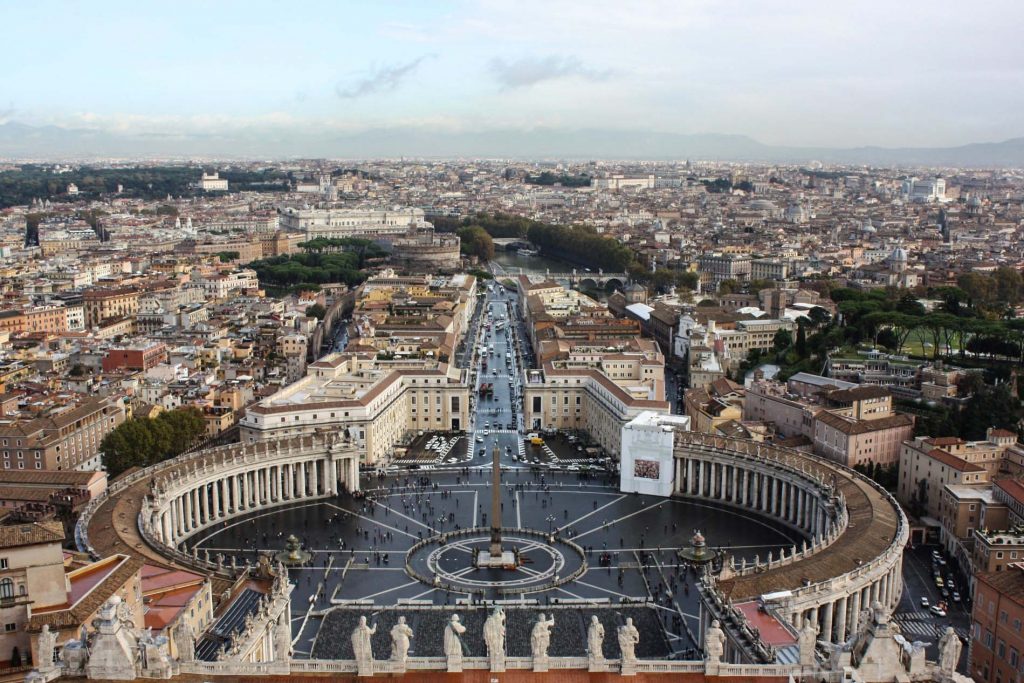
There is also an option to enjoy a virtual tour of the Vatican Museums, which includes the Sistine Chapel, Raphael’s Rooms, Profane Museum, and many more.
If you want to appreciate the open house, spend a few extra dollars and take one of the guided tours. You’ll get a far better appreciation for all the great things on display.
Find on Google Maps: Vatican Museums
Website: museivaticani.va
Galleria Borghese
Rome’s most impressive art collection is housed in the Villa Borghese, located in the Campo Marzio neighborhood. Scipione Borghese was an avid art collector, and he put together a remarkable collection of Italian and European paintings now found in this museum.
When Cardinal Scipione Borghese became pope in 1605, his cardinal nephew, Scipione Caffarelli Borghese, began to accumulate huge sums of money to commission some of the most important architects of the time to build him villas, gardens, fountains, and the like.
In 1607, he gained possession of about 100 paintings, including several by Caravaggio. The portrait of Profane Love, Titian’s Sacred and Profane Love, and 71 paintings belonging to Cardinal Sfondrato were among the extraordinary paintings he obtained.
The best thing to do while visiting the Borghese Gallery is to explore the 20 rooms of art on exhibit. You’ll find many great paintings and sculptures. Most importantly, it’s a great place to spend a few hours.
Website: https://galleriaborghese.beniculturali.it/en/
Capitoline Museums
You can step back in time at the Capitoline Museums, an archaeological museum just outside the Colosseum. This museum is home to some of the best Greek and Roman artifacts in Rome, like the Dying Gaul and the huge statue of the emperor Marcus Aurelius on horseback.
The Capitoline Museums were created by Pope Sixtus IV in 1471. They’re closely linked to the City of Rome, and most of the exhibits come from the city itself.
The main work of the museum is the statue of the wolf Lupa Capitolina. It was made by the sculptor Domenico de Pisanis and was done between 1599 and 1602. The museum also has a few other early Greek and Roman pieces, as well as a modern picture gallery with works by artists like Caravaggio, Rubens, and Titian.
Rome’s largest collection of artifacts includes masterpieces by Titian and Caravaggio, as well as the bronze she-wolf and her twins Romulus and Remus.
This is really one of the world-class museums in Rome you should plan a visit to.
Website: http://www.museicapitolini.org/en/
MAXXI Museum
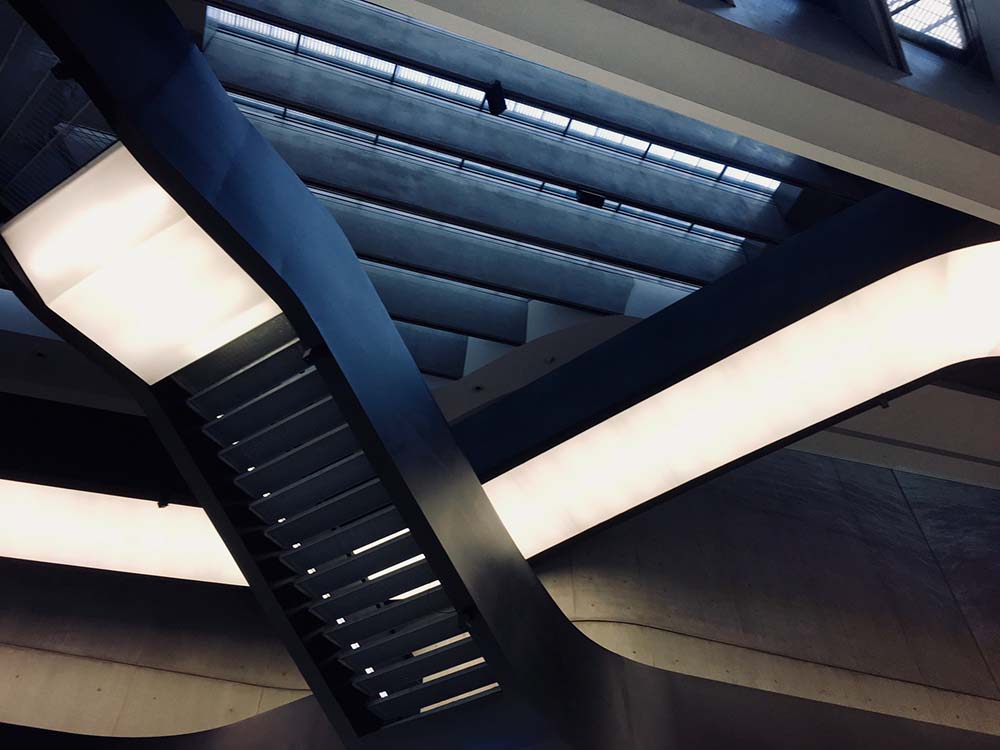
The MAXXI Museum is a great place to see art from the 21st century. It shows visitors and residents the best of Rome’s art from the 21st century.
This museum is a must-see for anyone who enjoys modern architecture, the arts, and culture. The museum has exhibits focusing on architecture, paintings, and sculpture, and offers a bookstore and cafe.
Zaha Hadid’s MAXXI building in Rome’s Flaminio quarter is a major architectural work. It is the first national museum of architecture to be established in Italy. The building has innovative and spectacular forms, which define its identity and reflect the Italian cultural and territorial context.
Website: https://www.maxxi.art/en/
Villa Farnesina
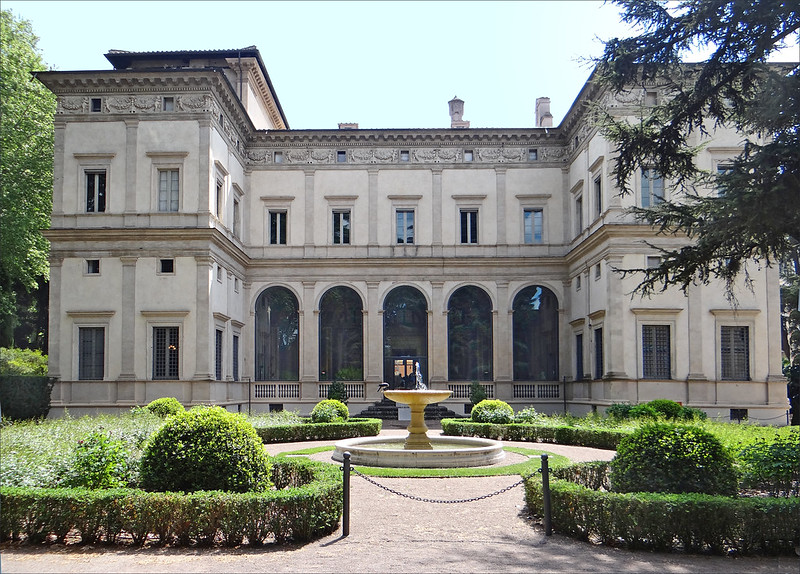
The Villa Farnesina was built in 1506. It was originally for a banker from Siena named Agostine Chigi who was the banker and personal treasurer to Pope Julius II. In 1577 it was bought by the Farnese family, and it’s been known as Villa Farnesina ever since.
The art is spectacular, and it’s worth a visit even if you’re not staying at the villa. The bedrooms are decorated with paintings by Raphael, and a trompe-l’oeil is found in the salon.
The villa’s rooms are open to the public for tours on a regular basis. The famous Loggia is one of them.
Website: http://www.villafarnesina.it/
Galleria Nazionale d’Arte Moderna
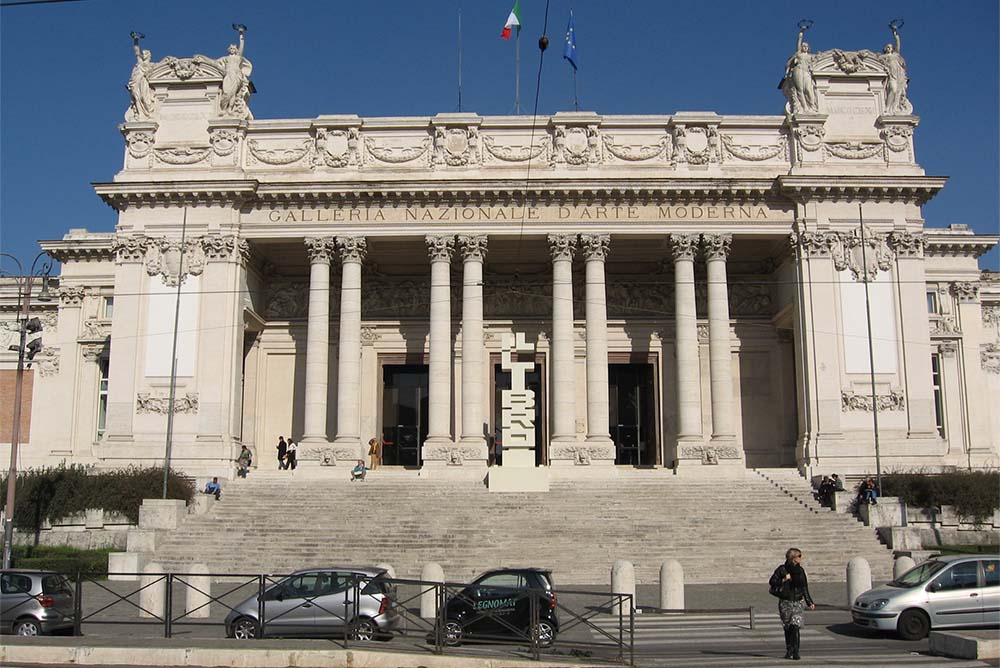
This is the national gallery of modern and contemporary art. It was founded in 1883 by the then Minister Guido Baccelli and is dedicated to modern and contemporary art.
Cesare Bazzani, an Italian architect, designed the Palazzo Delle Belle Arti, which is near the Etruscan Museum. The National Gallery was built between 1911 and 1915. Four figures of Fame holding a bronze wreath, sculpted by Adolfo Pantaresi and Albino Candoni, are part of the facade.
The largest collection of paintings and sculptures in Italy is contained in the museum, which has 1100 items from the 19th and 20th centuries. Giacomo Balla, Umberto Boccioni, Antonio Canova, Giorgio de Chirico, Lucio Fontana, Amedeo Modigliani, Giacomo Manz, Vittorio Matteo Corcos, and Giorgio are just some of the Italian artists represented
Website: https://lagallerianazionale.com/
Castel Sant’Angelo
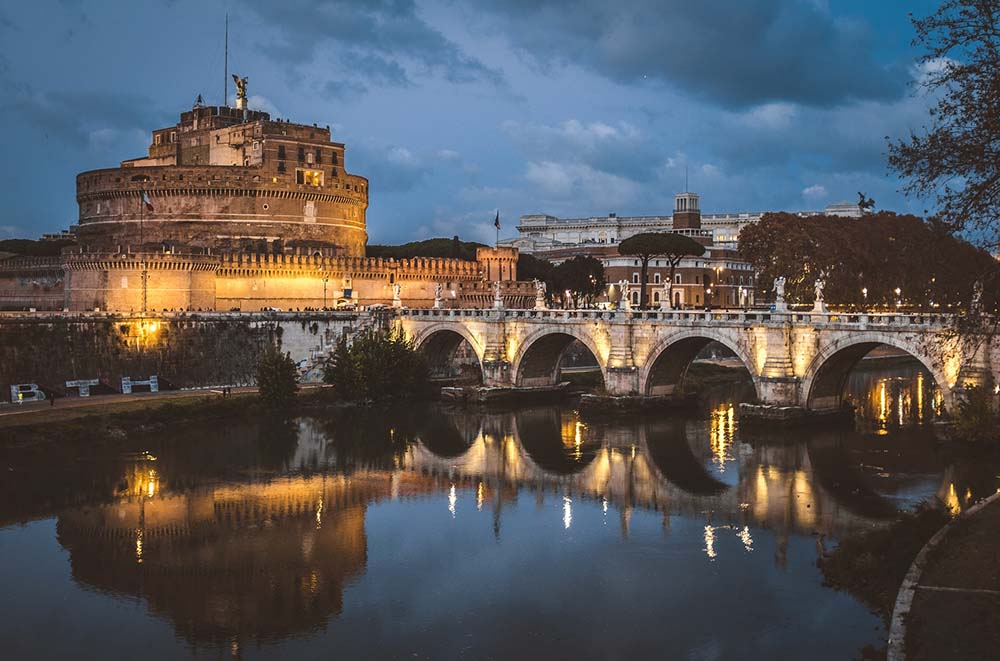
There is one museum in Rome that you should not miss if you visit: the Castel Sant’Angelo, which is nearly 2,000 years old.
This beautiful Renaissance castle is now a museum of Rome with a wonderful collection of paintings, sculptures, and artifacts from the Middle Ages.
Originally built as the mausoleum for Roman Emperor Hadrian, the castle has been fortified and changed throughout the Middle Ages until it became the amazing building it is today. The Museo Nazionale di Castel Sant’Angelo has a collection of everything from Renaissance paintings to rare pieces of medieval weaponry and is located in the center of town.
Doria Pamphilj Gallery
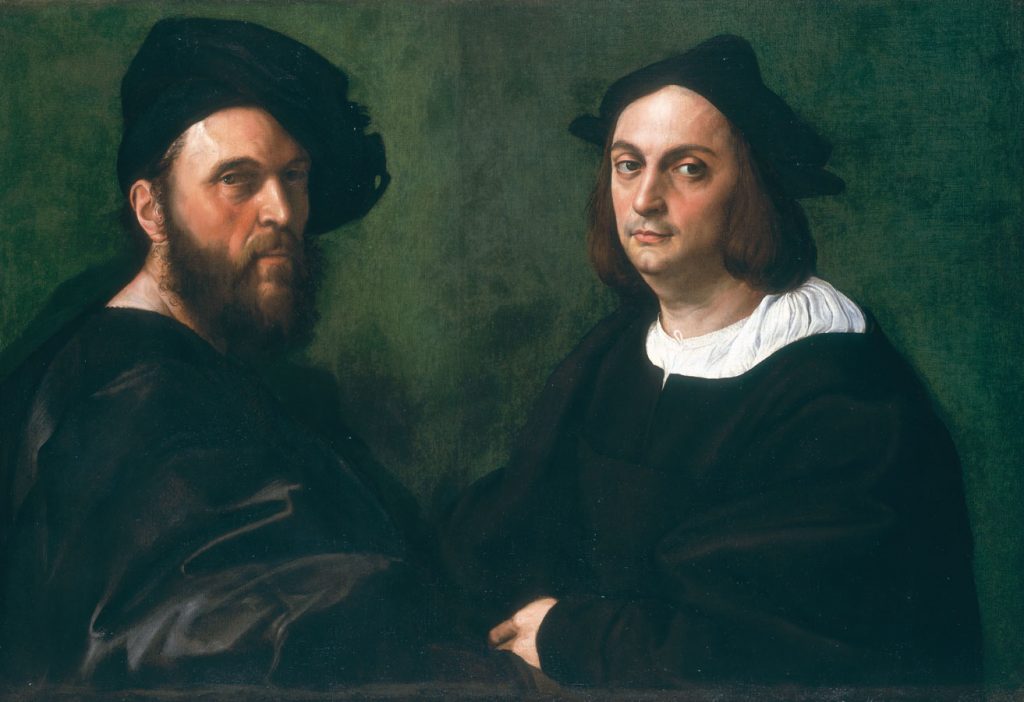
The Palazzo Doria Pamphilj is a privately owned palace in Rome, and you can’t help but feel like you’re entering a different world when you’re inside. The palace and the art gallery are still privately owned, but you can get a glimpse of what it’s like to live inside of this magnificent building.
The museum’s collection of more than 500 paintings, sculptures, and other artworks is a must-see for art lovers. Inside the Palazzo Doria Pamphilj, you can marvel at works by Caravaggio, Titan, Raphael, and Velázquez alongside sculptures made by Bernini.
Website: https://www.doriapamphilj.it/
Centrale Montemartini
A place where classical art and industrial archaeology merge perfectly at Rome’s first electric plant is found at Centrale Montemartini. This site serves as an excellent example of upcycling.
Centrale Montemartini Museum offers one of the most thought-provoking museum spaces in Rome. Their marble statues are set against the backdrop of preserved turbines, diesel engines and steam boilers to create a unique experience.
In the summer of 1997, huge halls full of mammoth machinery and gigantic objects of art were considered to be a perfect solution for exhibiting large-scale works. The Capitoline Museums needed a renovation, and the Centrale Montemartini, in Rome, was a perfectly fitting venue for the experience of new museographic solutions.

